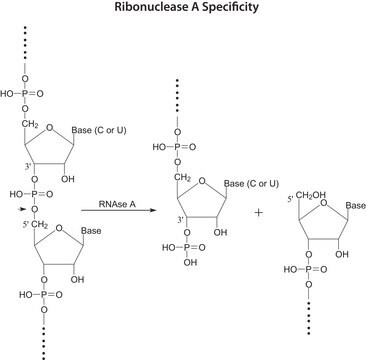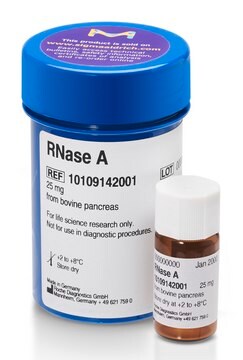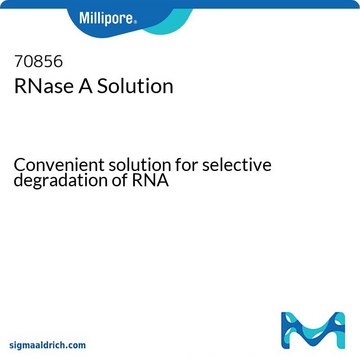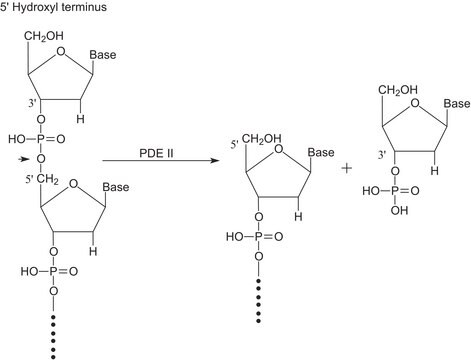Key Documents
R1003
Ribonuclease T1 from Aspergillus oryzae
ammonium sulfate suspension, 300,000-600,000 units/mg protein
Synonim(y):
Guanyloribonuclease, Ribonucleate 3′-guanylo-oligonucleotidohydrolase
About This Item
Polecane produkty
pochodzenie biologiczne
Aspergillus sp. (Aspergillus oryzae)
Poziom jakości
Postać
ammonium sulfate suspension
aktywność właściwa
300,000-600,000 units/mg protein
masa cząsteczkowa
11068 by amino acid sequence
metody
cell based assay: suitable
przydatność
suitable for separating native or denatured proteins, or nucleic acids
Zastosowanie
cell analysis
temp. przechowywania
2-8°C
Szukasz podobnych produktów? Odwiedź Przewodnik dotyczący porównywania produktów
Zastosowanie
Działania biochem./fizjol.
Definicja jednostki
Postać fizyczna
Komentarz do analizy
Kod klasy składowania
10 - Combustible liquids
Klasa zagrożenia wodnego (WGK)
WGK 3
Temperatura zapłonu (°F)
Not applicable
Temperatura zapłonu (°C)
Not applicable
Środki ochrony indywidualnej
Eyeshields, Gloves
Certyfikaty analizy (CoA)
Poszukaj Certyfikaty analizy (CoA), wpisując numer partii/serii produktów. Numery serii i partii można znaleźć na etykiecie produktu po słowach „seria” lub „partia”.
Masz już ten produkt?
Dokumenty związane z niedawno zakupionymi produktami zostały zamieszczone w Bibliotece dokumentów.
Klienci oglądali również te produkty
Produkty
Instructions for working with enzymes supplied as ammonium sulfate suspensions
Nasz zespół naukowców ma doświadczenie we wszystkich obszarach badań, w tym w naukach przyrodniczych, materiałoznawstwie, syntezie chemicznej, chromatografii, analityce i wielu innych dziedzinach.
Skontaktuj się z zespołem ds. pomocy technicznej




